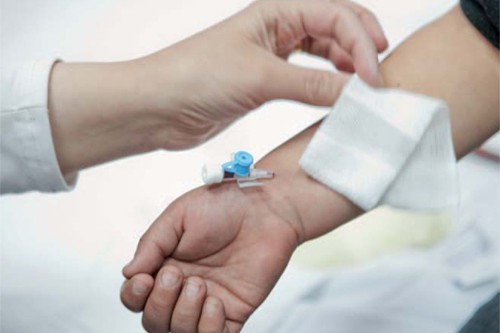
AIDS-related deaths have fallen from 1.9 million to 1 million over the past eleven years and 53% of people living with HIV now have access to treatment.
That’s according to the Joint United Nations Programme on HIV/AIDS (UNAIDS), whose Ending AIDS: progress towards the 90-90-90 targets report says the world is on track to reach the global target of 30 million people on treatment by 2020.
Michel Sidibé, executive director of UNAIDS, said: “We met the 2015 target of 15 million people on treatment and we are on track to double that number to 30 million and meet the 2020 target.
“We will continue to scale up to reach everyone in need and honour our commitment of leaving no one behind.”
The report also shows that more than two thirds (70%) of people living with HIV are aware of their HIV status, which is welcome news for UNAIDS. One of its 2020 targets is to make 90% of people aware of their disease, so they have three years to bolster that number.
UNAIDS’ other 2020 targets are that 90% of all people with diagnosed HIV are accessing sustained antiretroviral therapy and 90% of all people accessing antiretroviral therapy are virally suppressed.
Sidibé sad: “Communities and families are thriving as AIDS is being pushed back. As we bring the epidemic under control, health outcomes are improving and nations are becoming stronger.”
Southern Africa, a region that accounts for more than half of all people living with HIV, has shown the most progression with AIDS-related death declining by 42% since 2010, putting the country on track towards ending the epidemic.
Other countries that are on track to reaching their targets are western and central Europe, North America and Latin America and seven countries have already reached their targets including the UK, Botswana and Sweden.
It’s not all good news however, as the report shows that resources for the programme remain flat.
“We are maximising the use of every dollar available, but we are still $7bn short,” said Sidibé.
“With more international assistance, increased domestic funding, innovative financing and effective programming can end the AIDS epidemic by 2030.”
At the end of 2016, around $19bn (€16bn) was available in low- and middle-income countries, with domestic resources accounting for 57% of the global total. An estimated $26bn (€22bn) will be needed for the global response to HIV by 2020.




